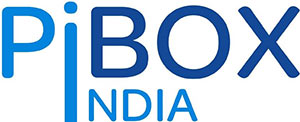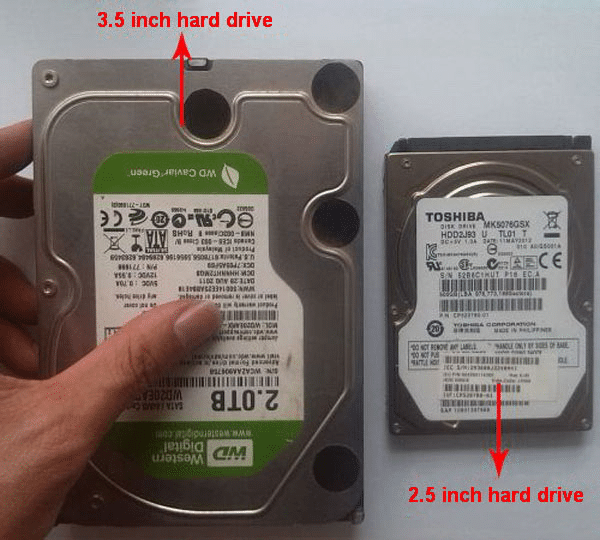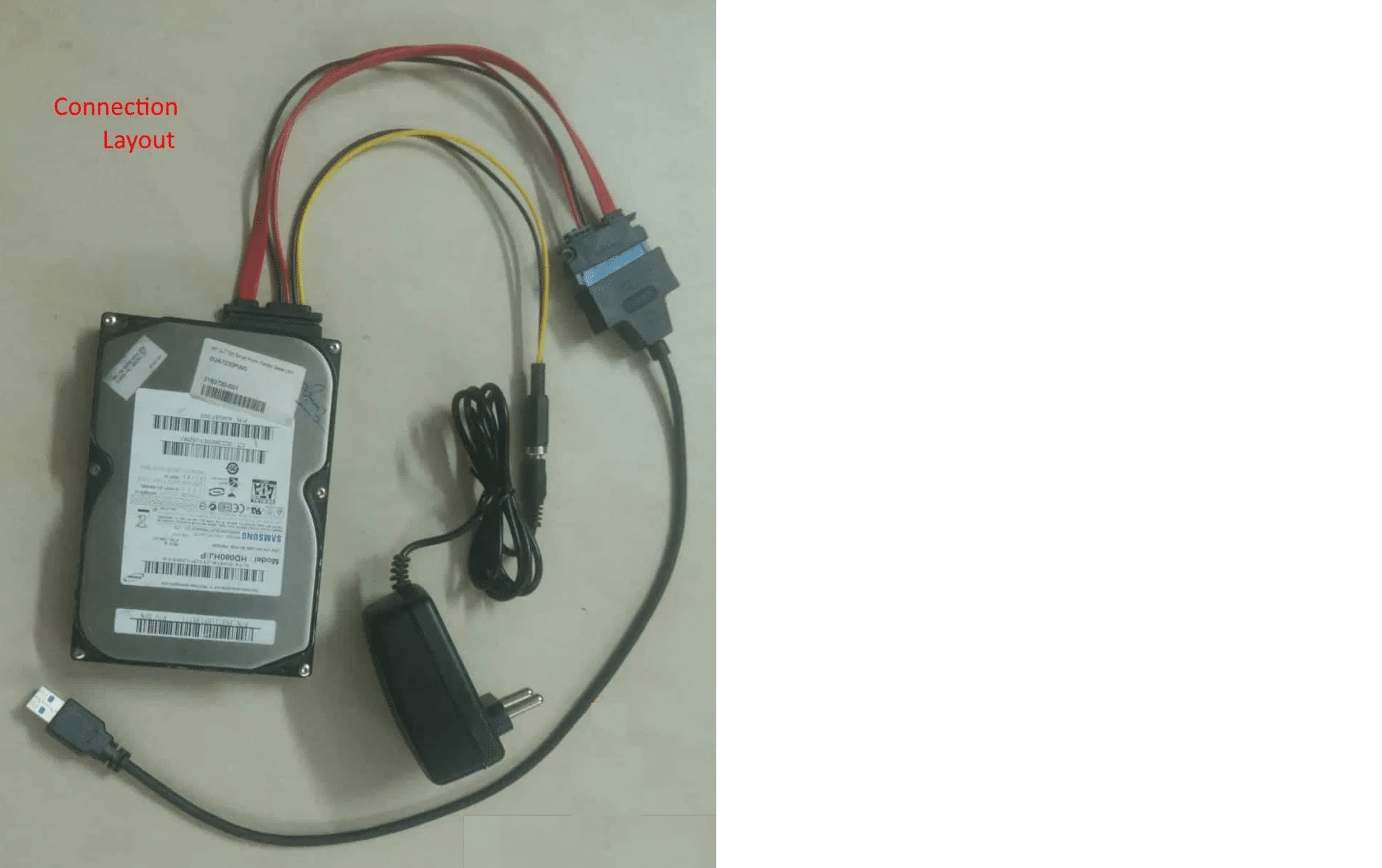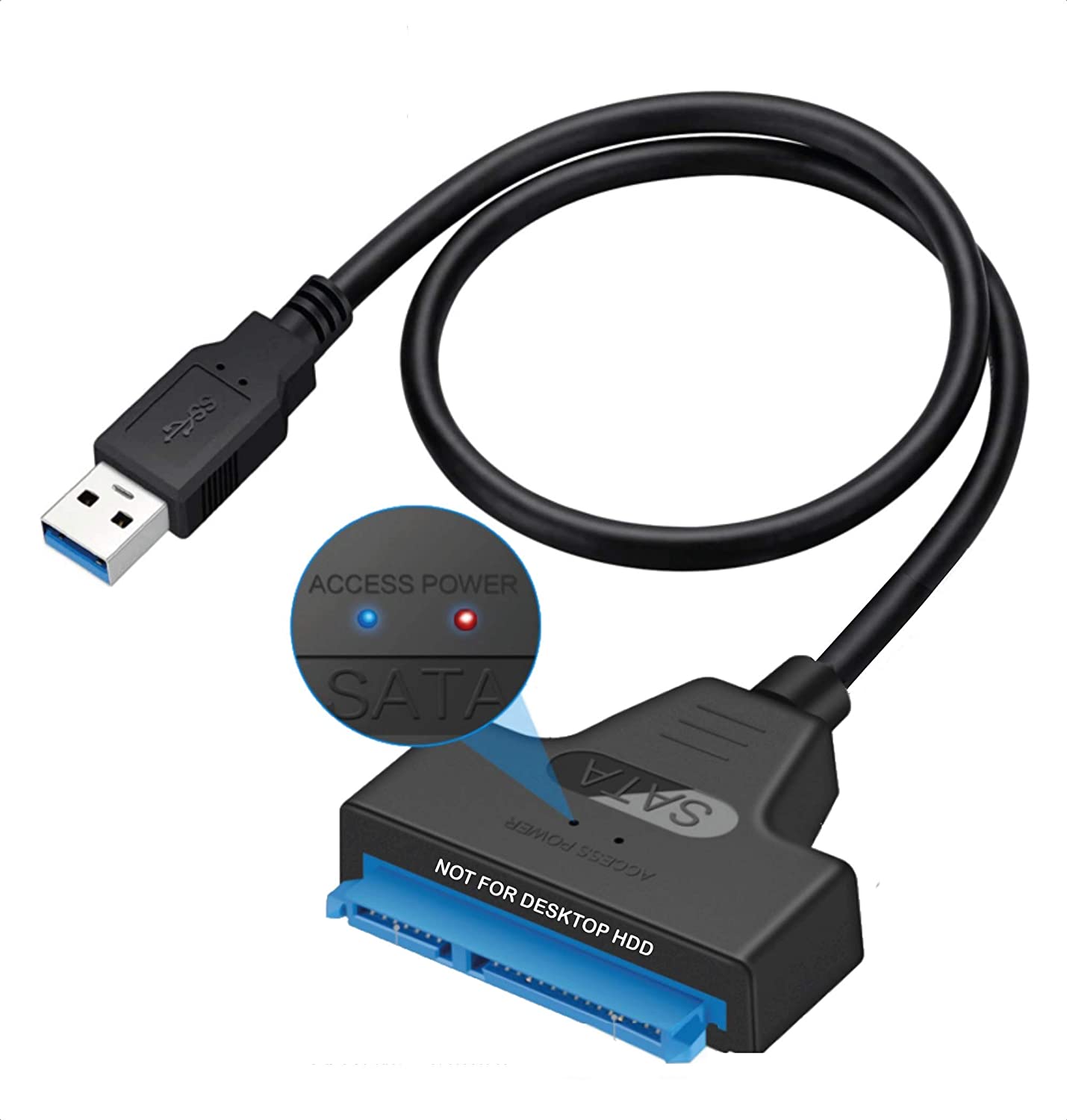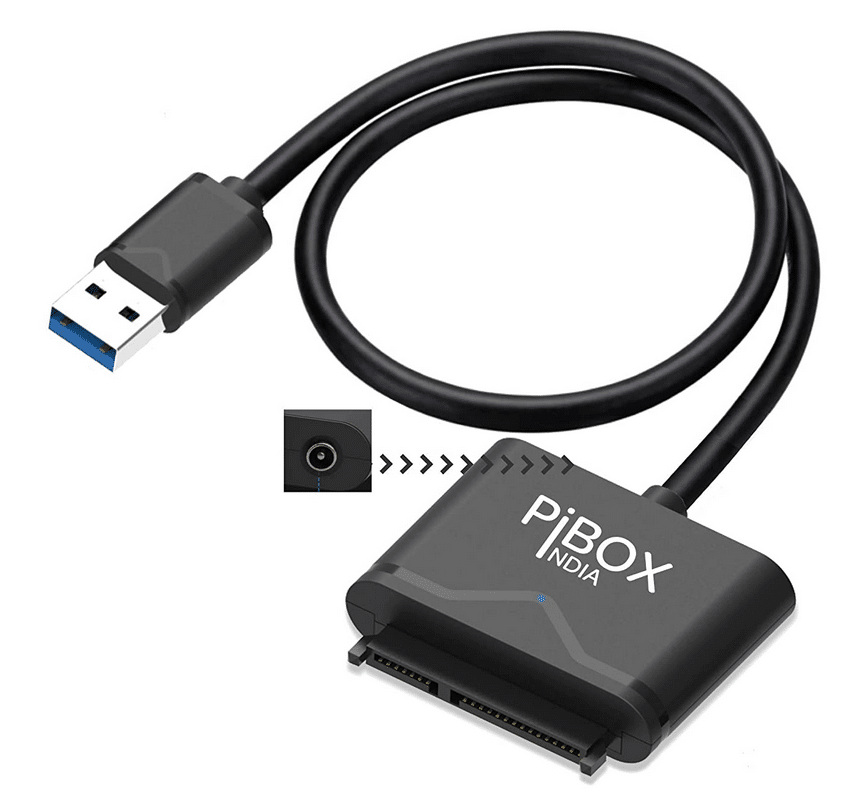General
Troubleshoot SATA to USB
Diskpart Troubleshooting – Comprehensive troubleshooting guidance for PiBOX India Hard Drive Enclosures, SATA to USB Converters and Docking Stations:
This assistance covers general tips for troubleshooting HDD connectivity. For specific guidance on addressing the ‘incorrect function’ error, you’ll find recommended steps to help resolve the issue, along with suggestions for two video tutorials offering hands-on solutions.
- 2.5 inch HDDs are SSD or internal laptop HDDs, that can operate with 5V supplied by a standard USB3.0 port of a laptop/PC/media player/Gaming Console
- 3.5 inch HDDs are desktop HDDs, that need 12V/2A external supply to operate along with the 5V supply from a USB3.0 port.
https://pibox.in/product/2-5to3-5-convertor-kit/
*USE COUPON CODE: “PIDKIT100″*
The Desktop Kit comes with a BIS certified Power adaptor and the extension kit. It comes with a 12V/2A power adapter to power the desktop HDD. The special price is 399 for the unit with 1 amps charger and *Rs.458 with 2 amps (Recommended)* power charger [compatible with all model desktop hdd]. You can place the order from PiBOX India link and add the *COUPON CODE: “PIDKIT100″* at checkout.
FAQ:
- What does this cable do? It adds 12V power inline. Pin out diagram is on listing if you want to DIY at home. You need a SATA to SATA extension cable and a 12V/2A adaptor.
- 1Amps/2Amps- Few hdd peak ampere may be higher than 1 amps and may not start while trying to use 12V/1A.
- Why should I get this cable? If you have purchased the SATA to USB for 2.5inch SSD/HDD, to connect your 3.5inch Desktop HDD, you can use this converter kit for your cable. Please note that the desktop hdd does not work with 2.5 inch cable as desktop hdd needs 12v power also, that usb3.0 cannot supply.
Good luck and thanks a lot for your trust!
- To connect 2.5inch SSD/laptop HDD : Please connect the SATA head of the adapter to the SATA port of the SSD/HDD. Next, connect the USB port of the adapter to the USB3.0 port of a PC/MAC.
Note: The USB3.0 port should be capable of supplying 5V to the SATA SSD/HDD
- To connect 3.5inch desktop HDD: To connect a 3.5inch HDD, there are 2 components.
-
- 5 inch SATA to USB 3.0 adapter with DC power port – to connect the HDD to a USB3.0 port and to connect to a 12V DC supply.
- 12V/2A DC power supply – the 3.5inch HDD motor needs 12V supply to spin. The external supply connects to the DC power supply port of the SATA to USB adapter.
Please connect the SATA head of the adapter to the SATA port of the HDD. Next, connect the USB port of the adapter to the USB3.0 port of a PC/MAC. Connect the 12V/2A DC power pin to the adapter. Power ON the 12V DC supply
- Check if your HDD is 2.5 inch or 3.5 inch desktop HDD. Check if you have purchased the 2.5inch SATA to USB or the 3.5inch SATA to USB.
- Check if the power LED is turned ON
- Check if the USB port is USB3.0?
- If you are connecting a 3.5inch Desktop HDD using the 3.5inch SATA to USB converter, please check if you can hear/feel the HDD spin.
- Please check the USB device to which you are connecting the SATA HDD. Some mobile phones/TV USB ports may not be able to supply 5V required for the HDD operation.
- Please run Disk Management (Start Menu -> Run -> diskmgmt.msc ) and check if you need to initialize your HDD.
- If you are using a new HDD, you may have to create necessary partitions. MBR has limitation of 2TB and you need to convert the partition to GPT. For detailed explanation
Please visit https://youtu.be/ZxV6IcNvbek
- Please run Disk Management (Start Menu -> Run -> diskmgmt.msc ) and check if your HDD is detected.
- Right Click the HDD drive and select ‘Initialise’
- Please be cautious to avoid format or deletion of data.
- Please run Disk Management (Start Menu -> Run -> diskmgmt.msc ) and check if your HDD is detected.
- Right-click Unallocated or RAW volume, and select New Simple Volume.
- In the New Partition Wizard, click Next.
- Select Primary partition.
- Leave the partition size set to default, and click Next.
- Assign a drive letter or leave it set to the default, and click Next.
- Enter the following settings to format the partition
- In the File System field, enter NTFS.
- Set the Allocation unit size to Default.
- In the Volume label field, enter <your name/reference>.
- Select the Perform a quick format check box.
- Clear the Enable file and folder compression check box.
- Click Next > Finish.
Note: The following steps create an HFS+ (Mac OS Extended (Journaled)) partition that uses the entire drive space.
To create a partition on a new drive, complete the following:
- Open Finder.
- Navigate to Applications and click Utilities.
- Open Disk Utility.
- Select the new drive and click the Partition tab.
- Click Options and verify that it is set to GUID Partition Table.
- Enter a name for the partition.
- Click Partition.
The drive should now be accessible in Finder.
Here are some troubleshooting steps to help, including the ‘incorrect function’ error during initialization:
1. Power LED Check: Please ensure that the Power LED on the SATA head of the adapter is turned ON. This indicates that the device is receiving power.
2. USB Port Compatibility: Verify that you are using a USB 3.0 port. USB 3.0 is necessary for optimal performance.
3. HDD Status: If you’re connecting a 3.5-inch Desktop HDD using the 3.5-inch SATA to USB converter, listen for the sound or feel for the vibration of the HDD spinning. This confirms that the HDD is operational.
4. Power Supply: Check if the USB port you are connecting the SATA HDD to can provide the required 5V for the HDD’s operation. Note that some mobile phones and TV USB ports may not supply sufficient power.
5. Disk Management: Access Disk Management by following these steps: Start Menu -> Run -> diskmgmt.msc. Verify whether your HDD needs initialization or if you need to create partitions, especially if you’re using a new HDD. If the HDD capacity exceeds 2TB, consider converting the partition to GPT if it’s currently set as MBR, as MBR has a 2TB limitation.
6. For a detailed explanation, please refer to this video tutorial: https://youtu.be/ZxV6IcNvbek.
Troubleshooting for ‘Incorrect Function’ Error during Initialization:
If you encounter an ‘incorrect function’ error when initializing your HDD, consider the following steps:
1.Ensure that the HDD is connected securely and the cables are in good condition.
2.Try connecting the HDD to a different USB port on your computer.
3.Check if the HDD is recognized on a different computer to rule out hardware issues.
4.Make sure that the drive letter assigned to the HDD in Disk Management is not already in use.
5.If you’re still facing the error, it might be worth trying a different USB cable.
If the issue persists, you can explore solutions in these videos:
Video 1: https://www.youtube.com/watch?v=Pqt8_ktNkiw
Video 2: https://technicalpalashbd.blogspot.com/2019/06/dynamic-to-basic-without-data-lost-hard.html
These videos provide detailed guidance that has proven successful for others facing similar issues. Use them at your discretion to resolve the ‘incorrect function’ error during initialization.
Please do not hesitate to reach out if you need further assistance or have additional questions.
